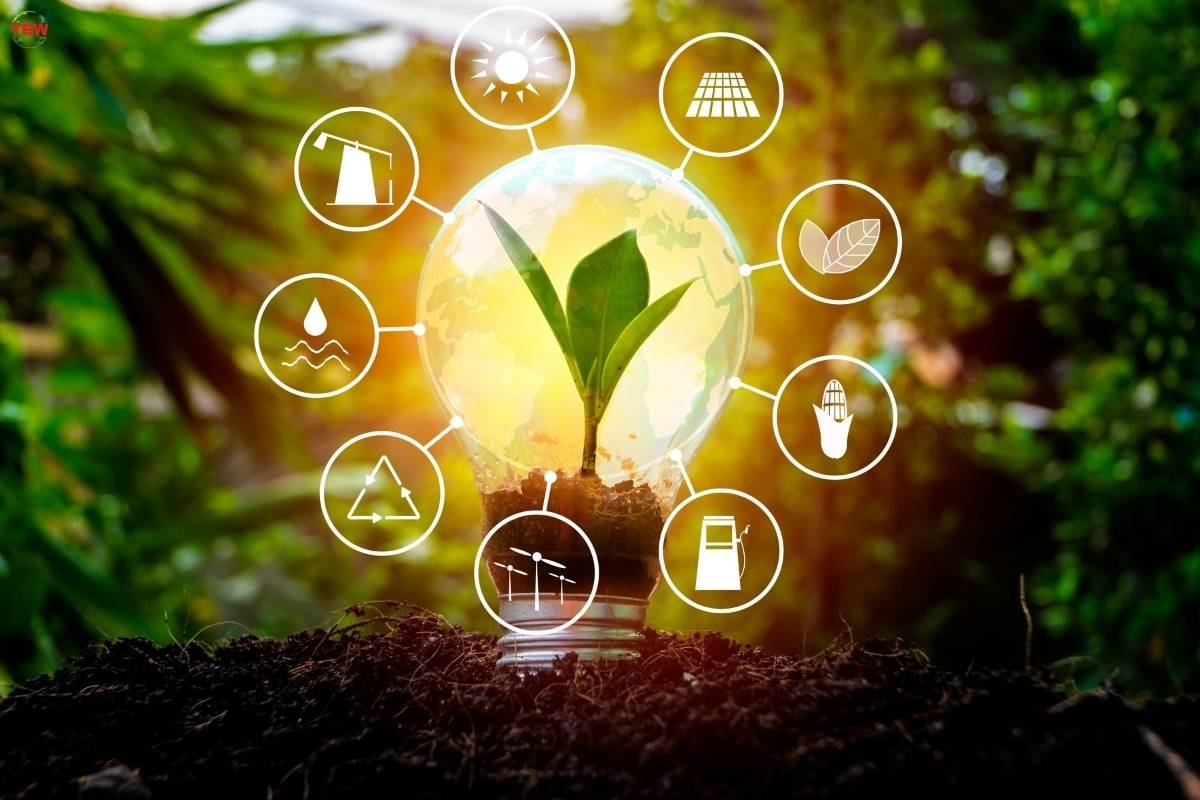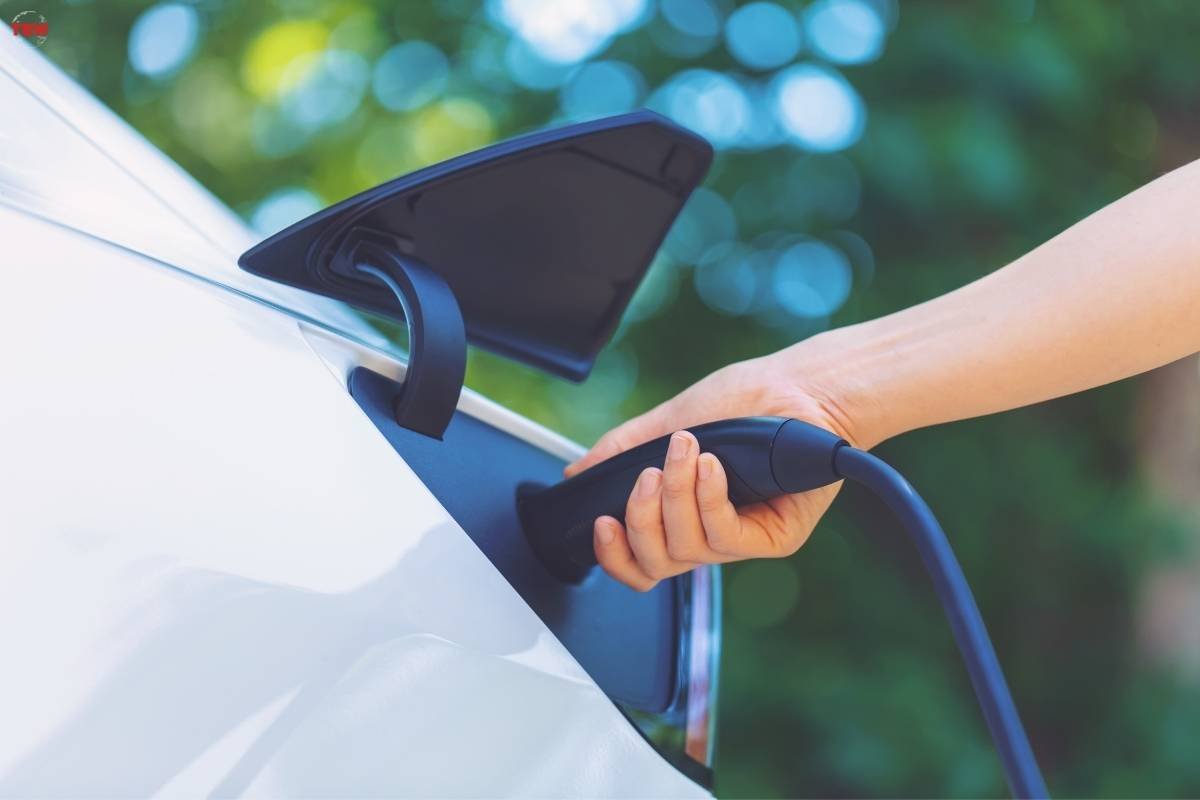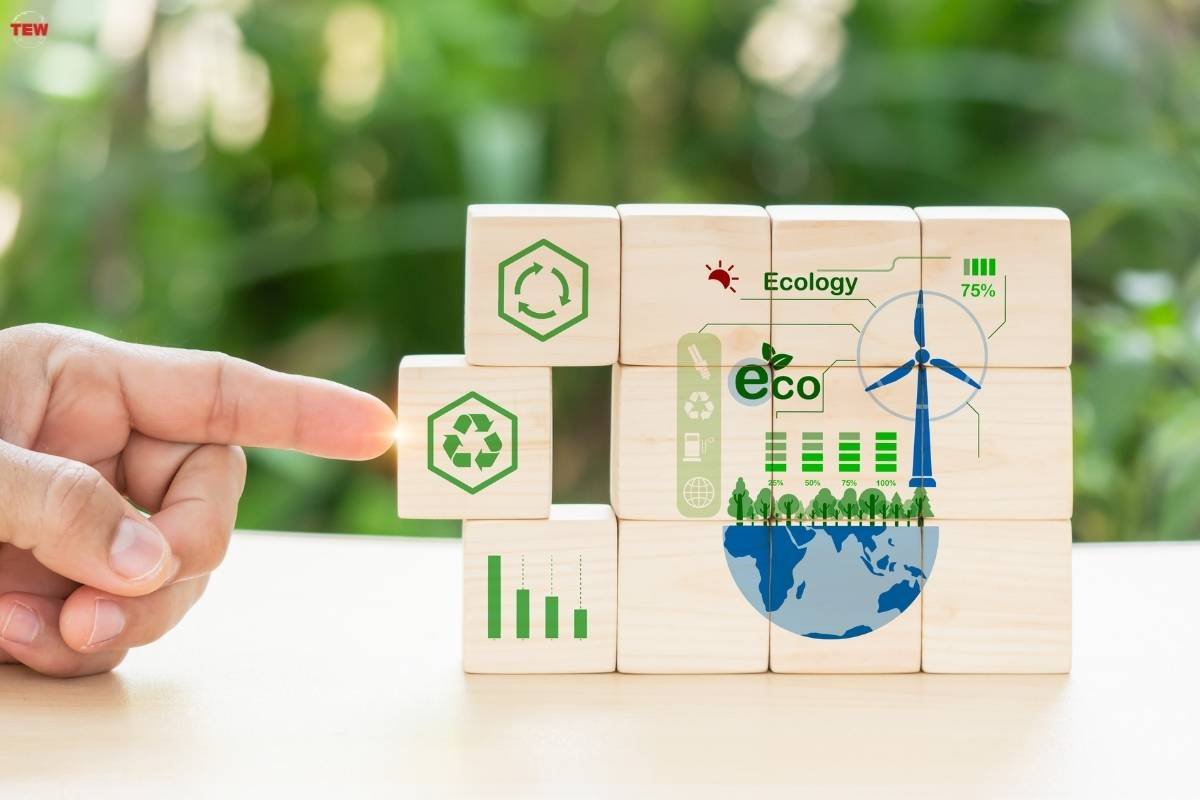In today’s rapidly evolving world, the intersection of technology and environmental sustainability has become a pivotal point of discussion and innovation. As we stand at the crossroads of climate change and ecological degradation, the role of technology in creating a green future, more sustainable future has never been more crucial. This article will dive deep into technology and its transformative impact on our journey toward a greener world.
The Power of Renewable Energy
One of the most significant contributions of technological sustainability and the pursuit of a green future lies in the realm of renewable energy. Solar panels, wind turbines, and hydropower systems have revolutionized how we generate electricity. These technologies harness the power of the sun, wind, and water to produce clean and sustainable energy, reducing our reliance on fossil fuels and decreasing harmful emissions.

Solar energy, in particular, has experienced exponential growth thanks to advancements in photovoltaic technology. Solar panels have become more efficient and affordable, making it easier for homeowners and businesses to embrace clean energy solutions. The adoption of solar energy reduces carbon footprints and offers economic benefits through reduced energy bills and potential revenue generation through excess energy production.
Electric Vehicles: Revolutionizing Transportation
The transportation sector significantly contributes to greenhouse gas emissions. However, technology is transforming this sector by developing electric vehicles (EVs). These vehicles run on electricity, eliminating the need for gasoline or diesel fuels. Electric cars are not just environmentally friendly; they also offer advantages such as lower operating costs and reduced air pollution.

With advancements in battery technology, EVs are becoming more accessible and have longer ranges, addressing concerns about charging infrastructure and range anxiety. As more automakers invest in electric vehicle production, we can expect to see a green future for transportation.
Smart Cities for a Sustainable Tomorrow
The concept of smart cities is gaining momentum as urbanization continues to grow. Smart cities leverage technology to improve efficiency, reduce resource consumption, and enhance the quality of life for residents. These cities incorporate Internet of Things (IoT) devices, data analytics, and automation to optimize various aspects of urban living.
Efficient waste management systems, smart grids that optimize energy distribution, and intelligent transportation systems are examples of how technology reshapes cities for sustainability. By harnessing real-time data and analytics, smart cities can reduce energy consumption, decrease traffic congestion, and enhance public services.
AI and Environmental Monitoring
Artificial Intelligence (AI) is pivotal in monitoring and managing the environment. AI-driven systems can process vast amounts of data from satellites, sensors, and other sources to provide insights into environmental changes and trends. This information is invaluable for making informed decisions about conservation and sustainability efforts.
For instance, AI can help predict and manage natural disasters such as wildfires and hurricanes. It can also analyze biodiversity data to aid in conservation efforts. Additionally, AI-driven models are being used to optimize agriculture practices, reducing the need for chemical inputs and water usage.
The Circular Economy and Sustainable Materials
Another exciting area where technology is making strides towards a green future is the promotion of the circular economy. This economic model emphasizes the reuse, recycling, and repurposing of products and materials, reducing waste and minimizing environmental impact.

Advanced recycling technologies are emerging, allowing for the recovery of valuable materials from electronic waste, plastics, and other discarded items. 3D printing, which enables the creation of products using recycled materials, is gaining traction as a sustainable manufacturing method. Additionally, innovations in materials science are leading to the development of eco-friendly materials such as bioplastics and sustainable construction materials.
Challenges on the Path to a Green Future
While technology holds immense promise in creating a green future, it is not without its challenges. Some of the obstacles we face include:
- E-Waste Management: The rapid advancement of technology results in the generation of electronic waste (e-waste). Proper disposal and recycling of e-waste are critical to prevent environmental contamination.
- Energy Storage: While abundant renewable energy sources, efficient energy storage solutions are needed to ensure a continuous and reliable power supply, even during low sunlight or wind.
- Digital Divide: Access to technology and its benefits is unequal worldwide. Bridging the digital divide to ensure all communities can leverage technology for sustainability is a significant challenge.
- Data Privacy and Security: The collection of vast amounts of data for environmental monitoring raises concerns about data privacy and security. Striking a balance between data access for research and protecting individual privacy is essential.
A Brighter, Greener Tomorrow
Technology is undeniably shaping our planet’s greener and more sustainable future. Innovation is driving positive change from renewable energy sources and electric vehicles to smart cities and AI-driven environmental monitoring. However, addressing the challenges and ensuring equitable access to these technologies is crucial to realizing this vision.
Governments, businesses, and individuals must collaborate and prioritize sustainability as we move forward. Embracing technology as a tool for environmental conservation and sustainable living can pave the way for a brighter green future.




